Relocating home or organising your holiday interstate can get stressful. Adding a pet into the mix creates an extra layer of complexity.
Preparation is key for making the process as smooth and stress-free as possible. Here’s how to prepare your pet for interstate pet transport.
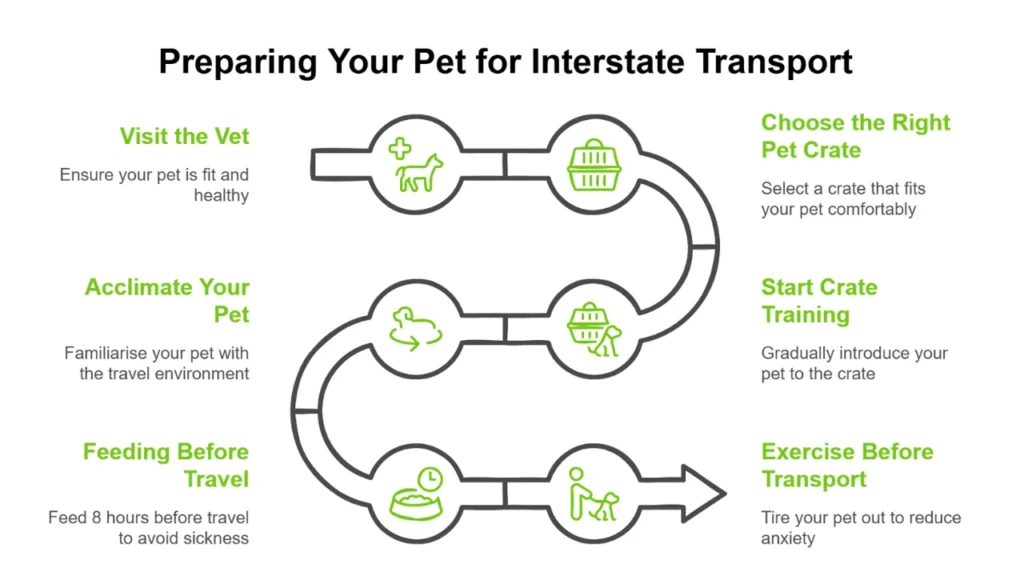
1. Visit the Vet
Typically, you don’t need to make a mandatory visit to the vet for a health check before flying pets domestically.
There are a few scenarios where visiting the vet is mandatory. You must get a health check for:
- Pets aged 8-12 weeks
- Pets over 12 years old
- Snub-nosed breeds like Frenchies
Getting a health check at the vet is a requirement for flying if your pet falls into these categories.
Even if your pet doesn’t require a vet visit, getting a pet health check before flying is always a good idea. We recommend visiting the vet, even if your pet doesn’t fall into the above categories.
A visit to the vet helps keep your pet safe and gives you peace of mind.
Visiting the vet ensures they can:
- Assess your pet’s overall health
- Perform any treatments
- Provide a pet health certificate if needed
2. Choose the Right Pet Crate
For pet transport, airlines don’t accept every type of pet crate, as not all crates are suitable for air travel. Airlines follow strict guidelines set by the International Air Transport Association (IATA) for pet crates.
Your pet will be denied their place on the plane if you use a non-compliant crate. Choosing the right crate for air travel is essential to avoid disappointment.
An airline-approved crate must:
- Be made of strong, rigid plastic or wood (soft-sided carriers are not allowed for cargo travel)
- Be large enough for your pet to stand, turn around, sit and lie down comfortably
- Have secure, non-slip fasteners and a locking door
- Be well-ventilated on all four sides
Avoid crates that are too small, poorly ventilated, or have weak latches.
We can help you choose the perfect crate for your pet. Our experts ensure that your pet travels in a compliant crate for boarding the plane.
Selecting the correct crate size is crucial for your pet’s safety and comfort. Use these simple steps to measure your pet:
- Length in cm = Nose to root of tail (tail excluded)
- Length of front leg in cm = Floor to elbow joint
- Width in cm = At the widest point
- Height in cm = Floor to top of head or ear tips while standing (whichever is higher)
Brachycephalic breeds (‘brachy breed’) like a French Bulldog or Persian Cat need larger crates than other pets of similar size because their airways are more obstructed, making it harder for them to breathe.
A crate one size larger gives your brachy breed more space and ventilation.
Pet Crate Size Guide
| Crate | Maximum Pet Weight | Internal Dimensions | External Dimensions |
| PP-20 | Up to 7kg | 49cm x 32cm x 33cm | 53cm x 37cm x 37cm |
| PP-30 | Up to 11kg | 59cm x 40cm x 43cm | 62cm x 41cm x 45cm |
| PP-40 | Up to 14kg | 70cm x 41cm x 49cm | 73cm x 45cm x 53cm |
| PP-50 | Up to 22kg | 78cm x 51cm x 56cm | 82cm x 56cm x 60cm |
| PP-60 | Up to 32kg | 96cm x 57cm x 64cm | 93cm x 61cm x 68cm |
| PP-70 | Up to 42kg | 110cm x 60cm x 79cm | 115cm x 60cm x 80cm |
Our highly-trained interstate pet transport specialists are always on hand to advise you and help you select the crate best suited for your pet.
3. Start Crate Training
If practical, we recommend starting crate training as early as possible. This helps your pet become familiar with the crate.
They get to sniff it out and go inside to explore something new. Once your pet gets used to the crate, they start viewing it as safe and secure.
Follow these steps to make crate introduction a positive experience:
- Early introduction: Begin crate training at least a few weeks before departure.
- Make it comfortable: Place soft bedding and a familiar-smelling blanket or T-shirt inside.
- Encourage exploration: Leave the crate open and let your pet enter voluntarily – reward them with treats.
- Practice short stays: Have your pet stay in the crate with the door closed, gradually increasing the duration.
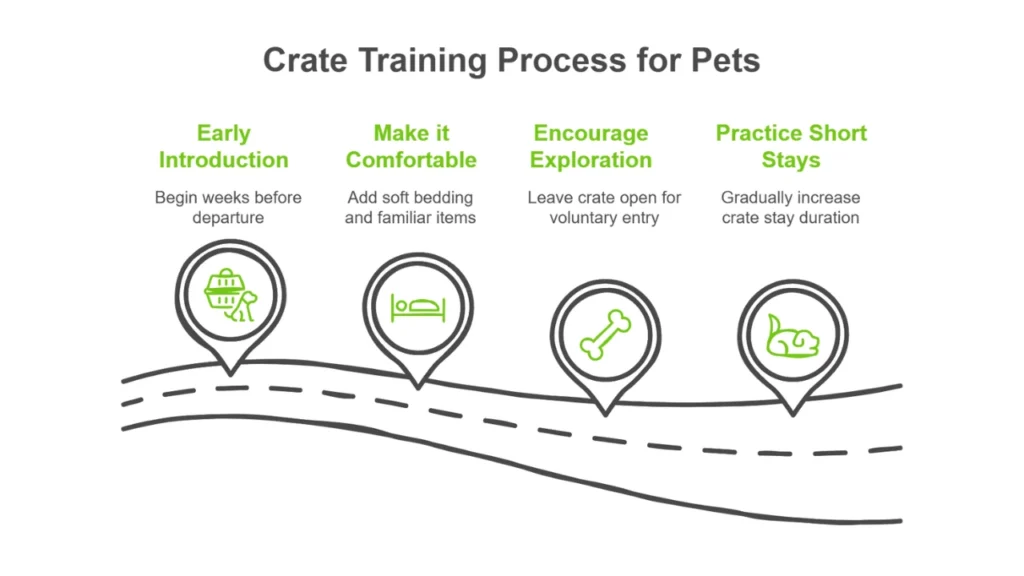
Well-trained pets feel safe and secure in their crates. This will make travel smoother and less stressful for you and your pet.
Putting treats and toys inside the crate encourages your pet and creates positive associations. They quickly realise it’s a comfortable and safe environment.
4. Acclimate Your Pet
Some pets can get anxious and stressed during interstate pet transport. They’re usually very shy and find travel intimidating.
The change in their environment can leave them feeling overwhelmed. Being out of their comfort zone can lead to stress – just like it can for us.
But you can help your pet stay calmer during pet transport by acclimating them to travel. This slowly builds your pet’s confidence around travel and protects them against travel anxiety.
Begin introducing your pet to unfamiliar places and circumstances – taking it slow. This helps build their confidence and get them used to different situations.
Exposing them to the travel process is also a good idea. New experiences can be overwhelming for your pet, but getting them familiar with these eases their stress.
When they’re familiar with the crate, you can:
- Introduce some travel noises – Play recordings from YouTube or similar, starting low and increasing the volume over time.
- Practise short car trips – Take them around the neighbourhood first, increasing the journey over time when they get comfortable.
Following these steps will help reduce anxiety for your pet.
5. Feeding Before Travel
Feeding and hydration play a vital role in keeping your pet safe and comfortable during their flight. Of course, you want your pet to be appropriately fed before interstate pet transport, but preparation is crucial, especially if your pet is flying.
Careful planning can prevent motion sickness and any unwanted mess in your pet’s crate. If your pet soils their crate, you or an approved pet handler (like one of our experts) must clean the mess before your pet can board the plane. Failure to clean the crate may lead to your pet missing their flight.
We recommend feeding your pet eight hours before they fly – no sooner.
Because eating too close to flight departure can cause travel sickness or mess in the crate.
Keep your pet well hydrated for 48 hours before the flight. Pets have access to water throughout the journey, with crates having an attached water bowl.
Your pet can drink at a pet boarding facility, during any transit stops, and in the crate while flying.
6. Exercise Before Transport
Want to make a big difference in how your pet handles the stress of air travel? A strong dose of physical activity before departure is just what they need.
Exercise before their journey:
- Releases nervous energy
- Promotes calmness
- Encourages rest during the flight
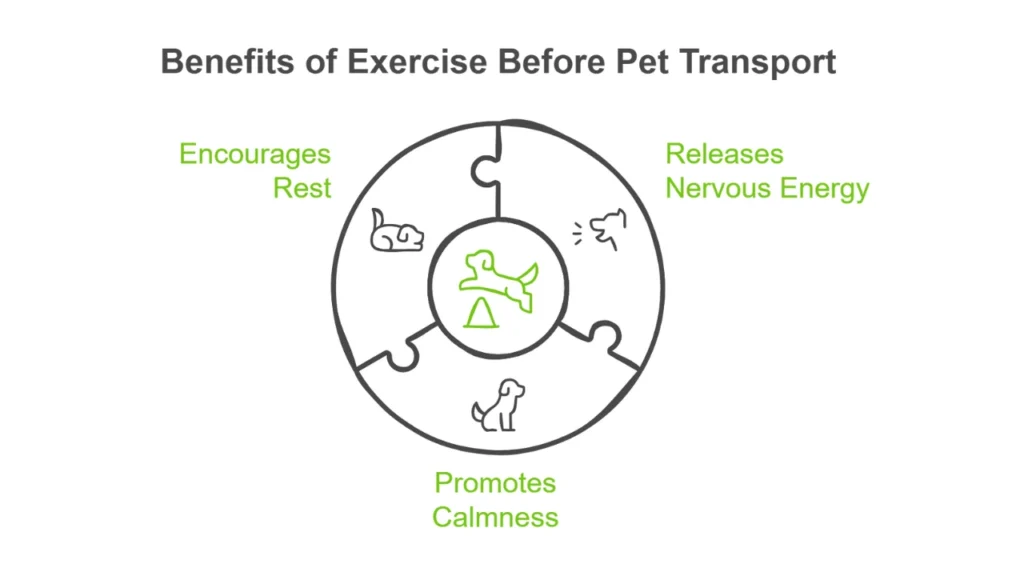
For Dogs
- On departure day, take them for a long walk or play session (30–60 minutes), preferably just before you leave for the airport.
- Include activities like fetch, tug-of-war, or a trip to a safe off-lead area to let them stretch their legs.
- Let them go to the toilet multiple times before the flight – this helps prevent discomfort or accidents during the journey.
- For high-energy breeds or anxious dogs, two rounds of exercise (morning and pre-departure) can be helpful.
For Cats
Cats may not enjoy structured exercise like dogs, but you can still encourage movement through interactive play using toys like:
- Treat-dispensing puzzles
- Laser pointers
- Wand toys
The goal is to help them release any pent-up energy.
Why Exercise Before Travel Matters
- A tired pet is likely to stay calm and rest in their carrier.
- Exercise reduces tension and helps avoid destructive or anxious behaviours like scratching, barking, or trying to escape.
- It may also help your pet adjust more easily to unfamiliar environments at their destination.
Exercise in Moderation
Close to departure, avoid demanding exercise or exposure to high temperatures. Be especially careful with brachycephalic (snub-nosed) breeds, senior pets, or those with health conditions.
Keep activity light but consistent – you want to relax your pet, not completely exhaust them.
Hiring a Pet Transport Company
Hiring a professional pet transport company relieves stress for you and your pet. We transport pets in a comfortable, climate-controlled environment, reducing the stress they may face during travel.
Professional handlers deal with any mishaps like a messed crate. They’re on hand to care for your pet if their flight gets cancelled.
Pets might not get loaded onto the aircraft for several reasons. If you’re already on the flight, your pet gets left behind.
No matter where you are in the country, we can help your pet. Even if you’re not there, we’ll get them on the next flight.
Benefits of Hiring Professionals for Interstate Pet Transport
- Minimise stress
- Health and safety
- Custom travel plans
- Door-to-door service
- Gives you peace of mind
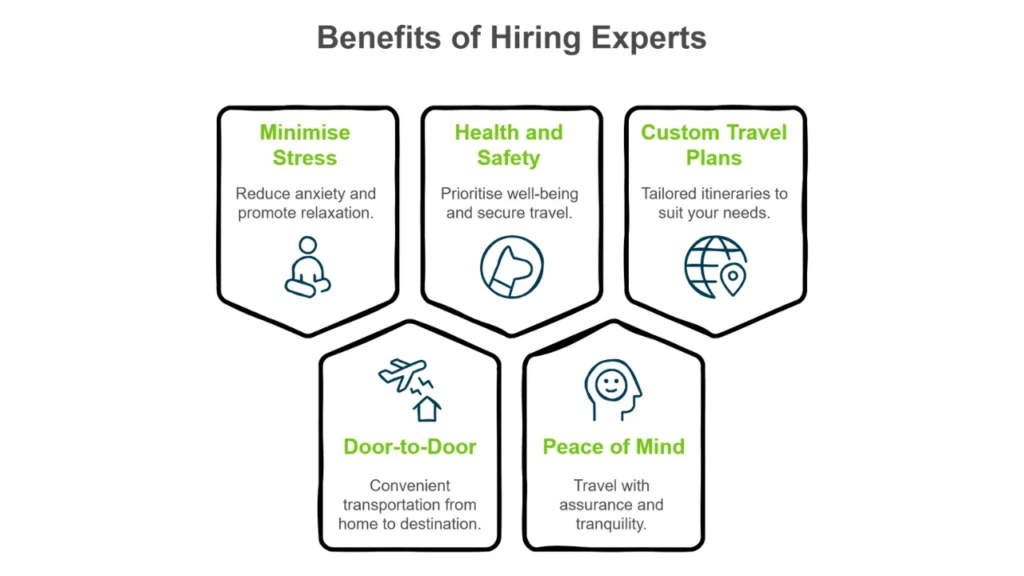
Interstate Pet Transport with Dogtainers
We help you plan and prepare for a smooth and stress-free interstate pet travel experience. Some of our popular domestic destinations are:
Spots might get snapped up quickly because space for pets is limited on planes.
Generally, we can secure pet flights three months in advance. But we’re limited to 14 days before departure with Qantas.
Flying with pets in Australia can be a smooth process with the right approach.
All road pet transport bookings must be confirmed two business days before the travel date, based on the availability. We experience high demand and would advise you to book ahead to avoid disappointments.
We’ve been perfecting stress-free pet transport for 50+ years.
Get your quote today for interstate pet transport.

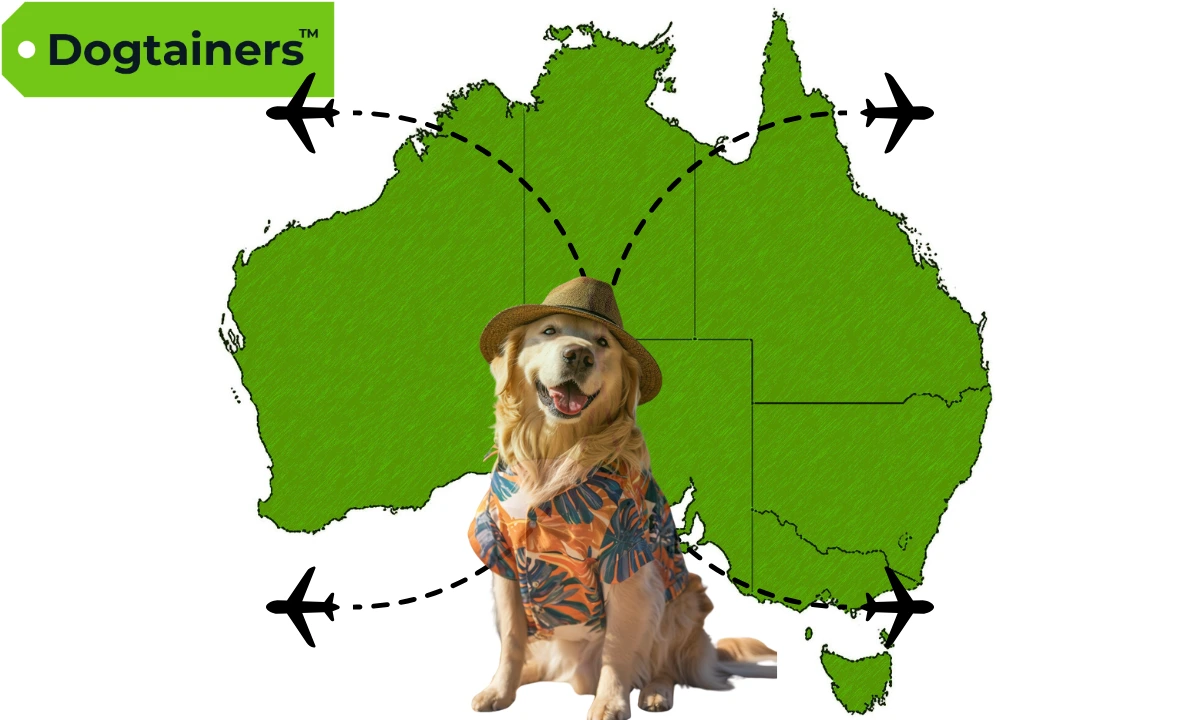

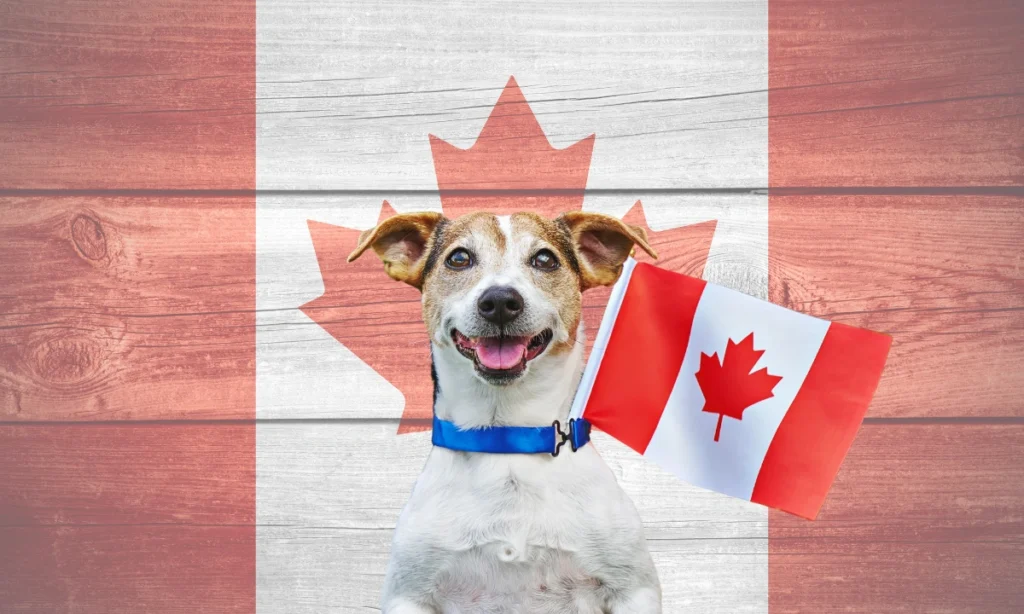
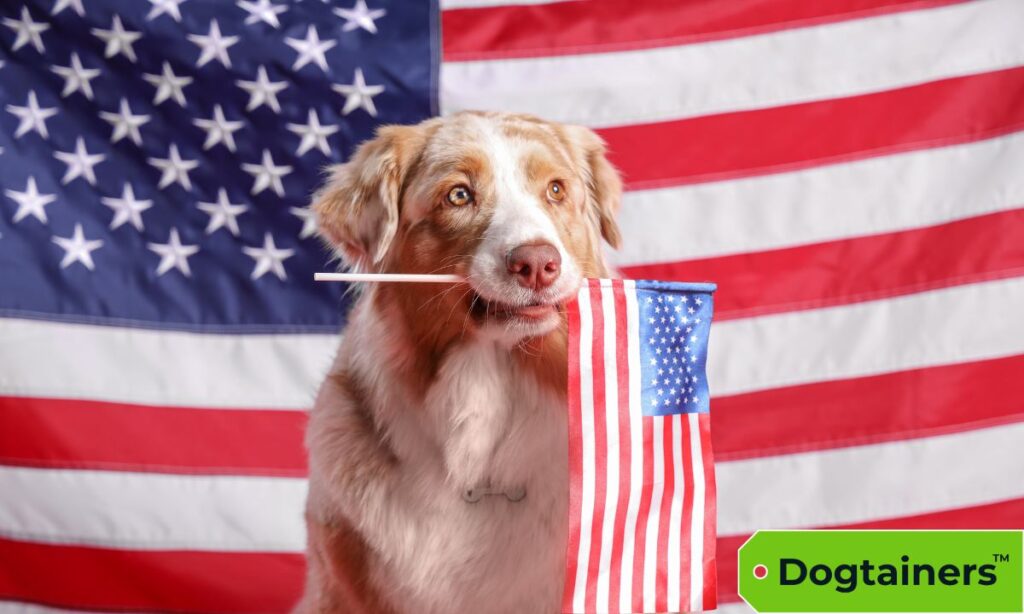
Share this article